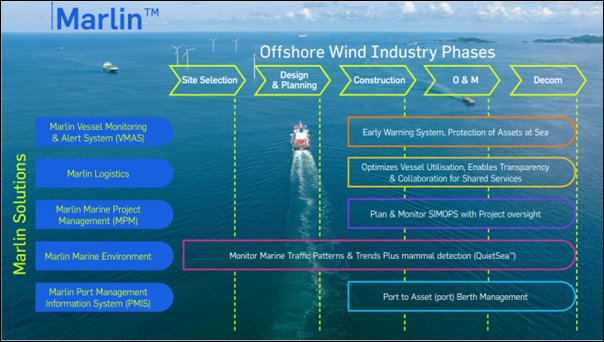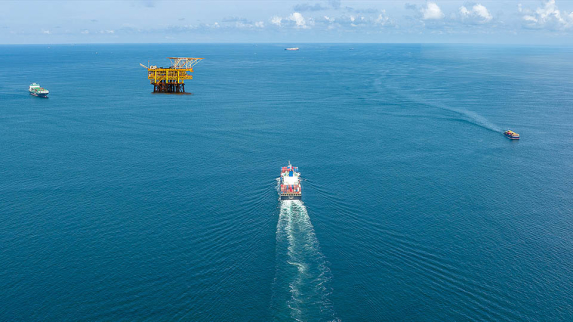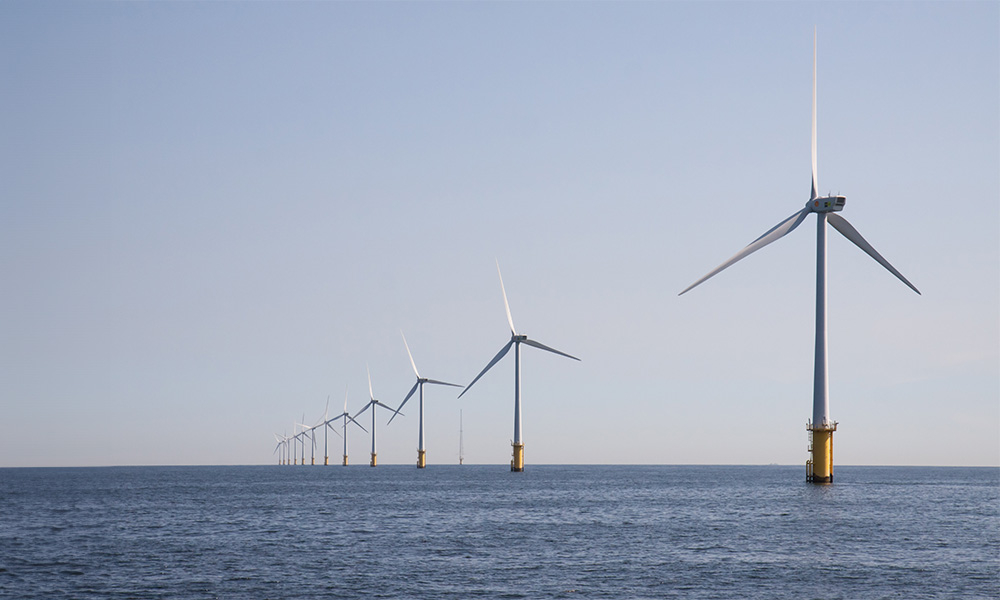Marlin Vessel Monitoring & Alert Systems play a crucial role in achieving these objectives by providing real-time tracking, enhancing maritime safety, detecting potential hazards, and maintaining constant communication. Here, we delve into the essential components of these systems: GPS tracking, Automatic Identification System (AIS), radar and sonar, and communication systems.
GPS Tracking: Real-time Location Tracking of Vessels
Global Positioning System (GPS) tracking is the cornerstone of vessel monitoring systems, offering precise and real-time location data for vessels operating within and around offshore wind farms. This technology enables operators to:
- Monitor Vessel Positions
With GPS tracking, the exact location of each vessel can be pin pointed at any given time. This is critical for coordinating activities and avoiding accidents in the busy maritime environment of an offshore wind farm. - Optimize Routes
By analyzing GPS data, operators can determine the most efficient routes for vessels, reducing fuel consumption and minimizing transit times. - Emergency Response
In the event of an emergency, the precise location provided by GPS tracking allows for swift and accurate deployment of rescue and response teams.
AIS (Automatic Identification System): Enhancing Maritime Safety and Collision Avoidance
The Automatic Identification System (AIS) is a vital component for enhancing maritime safety. AIS transponders on vessels transmit data such as vessel identity, position, course, and speed to other ships and shore-based stations. The benefits of AIS include:
- Collision Avoidance
AIS provides real-time information on nearby vessels, helping to prevent collisions by allowing operators to make informed navigational decisions. - Traffic Management
In congested areas around offshore wind farms, AIS helps manage vessel traffic, ensuring safe and orderly navigation. - Enhanced Situational Awareness
By integrating AIS data with other monitoring systems, operators gain a comprehensive view of maritime activity, improving overall situational awareness.
Radar and Acoustics: Detecting and Monitoring Vessel Movements and mammals.
Radar and Acoustic systems are indispensable for detecting and monitoring both surface and underwater activities. These technologies provide several key functions:
- Surface Detection
Radar systems detect the presence and movement of vessels on the water’s surface, even in poor visibility conditions such as fog or heavy rain. - Underwater Monitoring
Passive acoustic monitoring technology such as Sercel QuietSea used to detect mammals, which is particularly important to ensure the safety of the mammals and their environment during the installation, operation, and maintenance of wind turbines. - Hazard Detection
Both radar and sonar help identify potential hazards, such as submerged debris or other obstructions, enabling operators to take proactive measures to avoid accidents.
Communication Systems: Ensuring Constant Communication Between Vessels and Control Centres
Effective communication systems are the backbone of any vessel monitoring and alert system. These systems ensure that vessels and control centres remain in constant contact, facilitating coordination and response. Key aspects include:
- Real-time Communication
Advanced communication technologies, including satellite, VHF radio, and digital communication systems, enable real-time voice and data exchange between vessels and shore-based control centres. - Incident Reporting
In the event of an incident or emergency, immediate communication allows for rapid reporting and response, minimizing risks and potential damage. - Operational Coordination
Constant communication is essential for coordinating the complex operations involved in offshore wind farm construction, maintenance, and logistics.


Conclusion
In the demanding offshore wind environment, Marlin is critical for ensuring safety, efficiency, and environmental protection. GPS tracking, AIS, radar and acoustic, and robust communication systems work together to provide comprehensive monitoring and alert capabilities. As technology continues to advance, Marlin will become even more integral to the success and sustainability of offshore wind operations, safeguarding both human lives, valuable assets protecting the environment around us.
